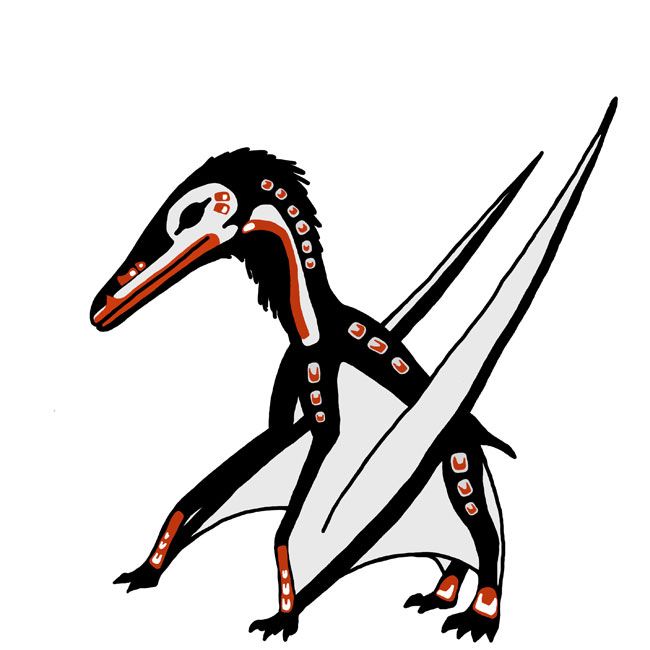New Pterosaur's Jawbone Found in Storage Cabinet

In a dark corner of a storage cabinet, a pterosaur was waiting for Victoria Arbour. Well, at least its jawbone was. Arbour identified the piece of jawbone, which has been in the University of Alberta fossil collection for years, as a new species of the ancient flying reptile.
When she first pulled the bone fragment out of the cabinet, Arbour was stumped. "It could have been from a dinosaur, a fish or a marine reptile," she said in a statement. The bone was discovered on Hornby Island, off the coast of Vancouver. Arbour studied the bone for months before identifying it as a pterosaur.
Pterosaurs are giant flying reptiles, with wingspans that can reach more than 30 feet (10 meters). They lived from the Triassic until the Cretaceous period, about 65 million years ago. There are more than 60 genera, or large groups, of pterosaur.
The jaw has multiple triangular teeth, which are smaller and more tightly packed than those of other pterosaurs, evidence that it came from a new genus.
"The teeth of our fossil were small and set close together," Arbour said. "They reminded me of piranha teeth, designed for pecking away at meat."
Their size and shape indicates that the species was probably a scavenger, Arbour said. It probably had a 10-foot wingspan, and patrolled the skies searching for carcasses to scavenge.
Arbour named her find Gwawinapterus beardi. It is the first pterosaur found in British Columbia, and the first istiodactylid from Canada, though 70 million years ago when the dinosaur was alive the islands were actually a part of what is now California.
Sign up for the Live Science daily newsletter now
Get the world’s most fascinating discoveries delivered straight to your inbox.
The study was published in this week's Canadian Journal of Earth Sciences.
- 25 Amazing Ancient Beasts
- Ancient Giraffe-Sized Creature Pole-Vaulted into Sky
- Avian Ancestors: Dinosaurs That Learned to Fly
Jennifer Welsh is a Connecticut-based science writer and editor and a regular contributor to Live Science. She also has several years of bench work in cancer research and anti-viral drug discovery under her belt. She has previously written for Science News, VerywellHealth, The Scientist, Discover Magazine, WIRED Science, and Business Insider.












